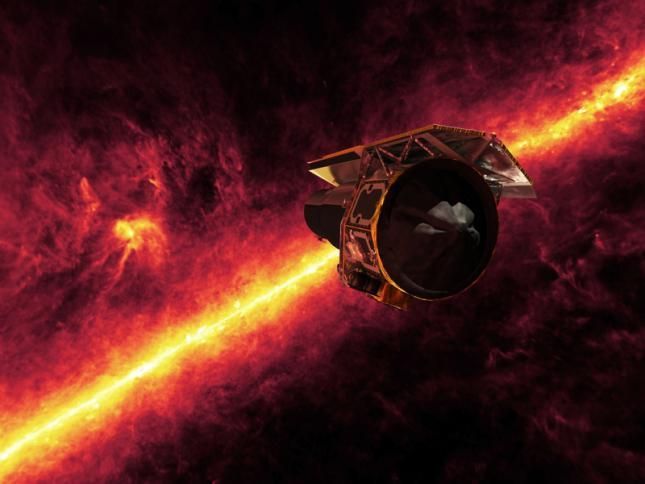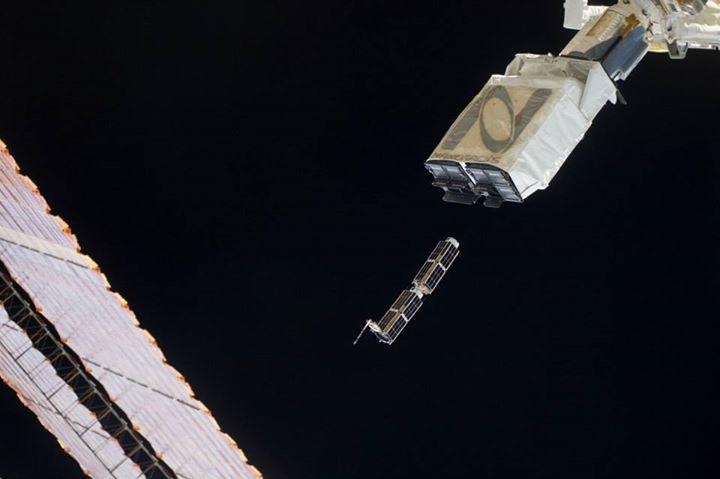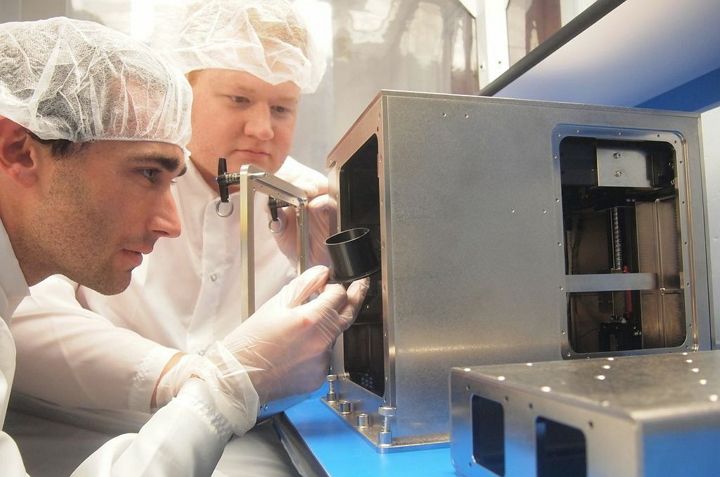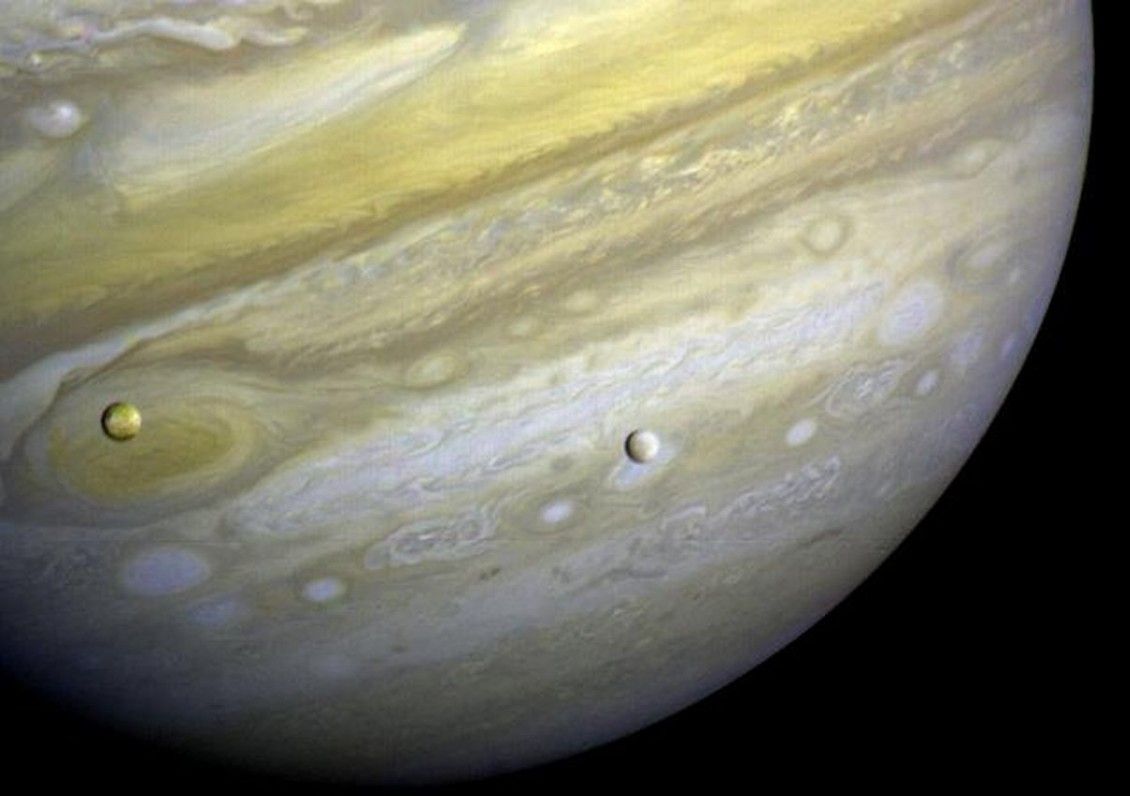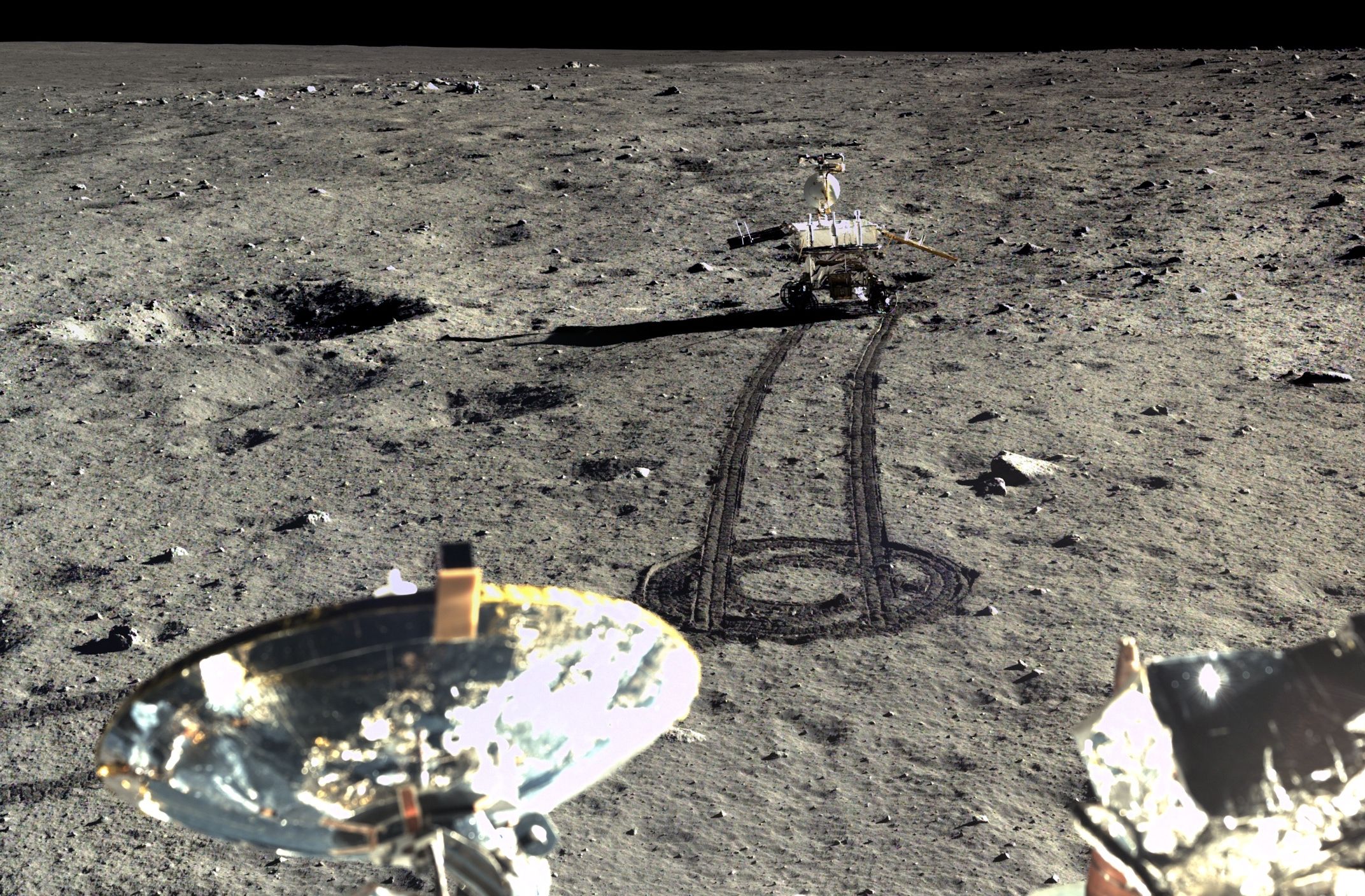A few years ago, my friend and I were brainstorming on some NextGen Technologies to look at for investment purposes. And, he suggested Polymer Coating. And, was he ever right. Google and others are using it for screen imaging on Lens, etc. Love this stuff.
Researchers at the National Institute of Standards and Technology (NIST) have combined advanced nanometer-scale gratings and a Space Age-era thin-film polymer, to invent a novel technology. This technology can be used to fabricate routers and switches for optical signals, energy-efficient full-color video displays, and smart windows and coatings.




